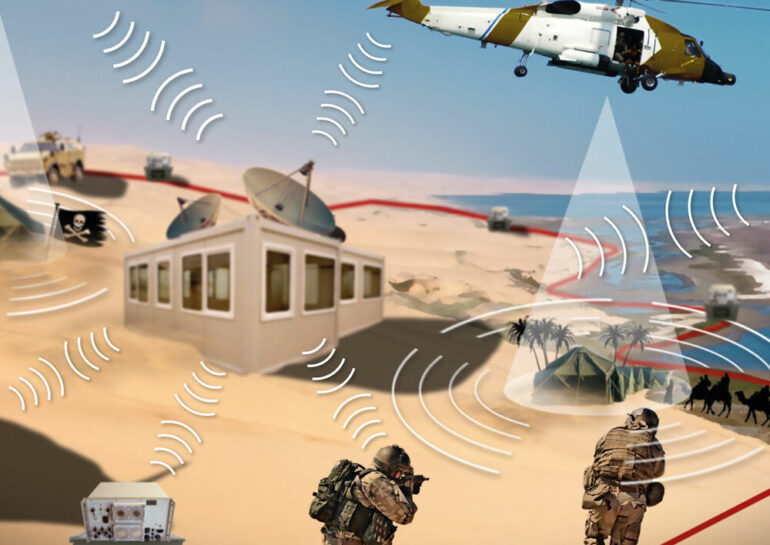In the world of intelligence and communication, there are various systems designed to intercept, analyze, and interpret communications. One such critical system is COMINT, short for Communications Intelligence. COMINT is a subset of signals intelligence (SIGINT) that specifically deals with intercepting and analyzing voice, text, and data communications. It plays a pivotal role in military operations, national security, and even commercial applications. But what exactly is a COMINT system, and how does it function?
The Basics of COMINT

At its core, a COMINT system is designed to intercept and interpret communications between people or machines. This can include radio transmissions, telephone calls, emails, and other forms of communication. The primary goal of a COMINT system is to gather valuable information that can be used for intelligence purposes. This process involves several stages, including interception, decoding, analysis, and dissemination of information. One of the critical tools in this process is a signal decoder, which converts intercepted signals into readable information.
How COMINT Systems Work
COMINT systems operate by using sophisticated equipment to intercept communications. These systems are equipped with high-sensitivity antennas, receivers, and software capable of processing large volumes of data. Once the communications are intercepted, the system’s signal decoders come into play. These decoders convert the raw signals into intelligible data, which can then be analyzed by intelligence officers or analysts. The analysis phase involves examining the content, context, and metadata of the communication to extract valuable insights.
Applications of COMINT

The applications of COMINT systems are vast and varied. In the military, COMINT systems are used to gather intelligence on enemy movements, plans, and capabilities. By intercepting enemy communications, military strategists can gain a tactical advantage, anticipate enemy actions, and make informed decisions. COMINT is also crucial in counter-terrorism operations, where intercepting communications can help prevent attacks and dismantle terrorist networks.
Technological Advancements in COMINT
Over the years, COMINT systems have evolved significantly, thanks to advancements in technology. Modern COMINT systems leverage artificial intelligence and machine learning to enhance their capabilities. These technologies enable more efficient processing and analysis of intercepted communications, allowing for quicker and more accurate intelligence gathering. Additionally, advancements in signal processing and cryptography have made it possible to intercept and decode increasingly complex communications.
Challenges in COMINT
Despite its capabilities, COMINT systems face several challenges. One of the primary challenges is the sheer volume of communications that need to be intercepted and analyzed. With the proliferation of digital communication channels, the amount of data generated daily is staggering. Filtering through this data to find valuable intelligence requires advanced algorithms and significant computational power.
Future of COMINT

The future of COMINT systems looks promising, with ongoing research and development aimed at enhancing their capabilities. The integration of quantum computing, for instance, holds the potential to revolutionize signal decoding and analysis. Additionally, the continued development of AI and machine learning algorithms will likely lead to even more sophisticated COMINT systems capable of handling larger volumes of data and more complex communications.
In conclusion, COMINT systems are a vital component of modern intelligence and communication infrastructure. They provide invaluable insights through the interception and analysis of communications, aiding in military operations, national security, and commercial applications. As technology continues to advance, COMINT systems will undoubtedly become even more powerful and integral to our communication networks.
